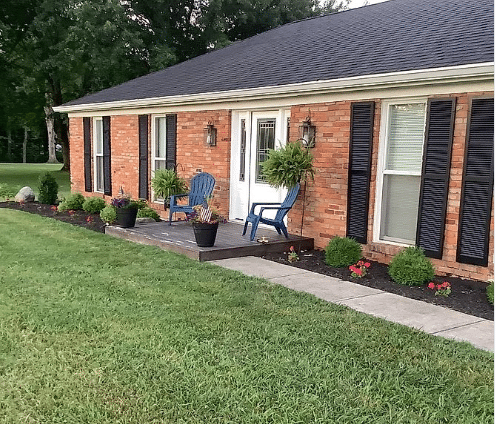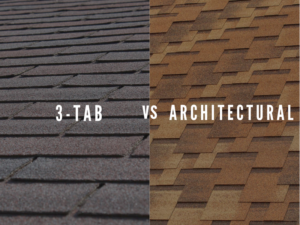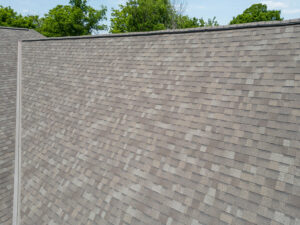Everything You Need to Know About Residential Roof Replacement
Replacing a residential roof is an important, and often expensive, home improvement process. It not only helps to protect your home from the elements but it can also raise its aesthetic appeal. Understanding the process of residential roof replacement and being educated on the best materials for your area is essential to ensure you get reliable results that will stand up against changing weather conditions and last for many years in the future. This blog post gives you all the information needed for making informed decisions regarding your residential roof replacement, helping make this major undertaking more efficient and less stressful. Be sure to read through this in its entirety before taking any further steps forward with repairing and replacing your residential roof.

Overview of Residential Roof Replacement – benefits, costs, and options
Residential roof replacement can come with many benefits for homeowners. A new roof not only enhances the overall look of your home but can also increase its value. Additionally, a new roof can provide better insulation to reduce energy costs and improve overall comfort. With regards to costs, while it may seem like a large investment, it can actually save homeowners money in the long run by avoiding costly repairs and addressing issues before they become more significant. There are also various options available for residential roof replacement, ranging from different materials such as asphalt shingles, metal, tiles, and slate.
What to Look for in a Professional Roofer
When it comes to selecting a professional local roofer to work on your home, it’s important to know what to look for. You want someone who is experienced and knowledgeable, who can identify any potential issues and provide reliable solutions. Additionally, you want a roofer who values communication and timeliness, keeping you informed every step of the way and completing the job efficiently. Look for a professional who is licensed and insured, providing you with peace of mind should anything unforeseen happen.
Preparing Your Home for Roof Replacement
A roof replacement is a significant investment for any homeowner. Not only can it improve the aesthetic of your home, but it can also increase its overall value and protect you from potential damage caused by water leaks. However, the process of preparing your home for a roof replacement can be daunting. By working with a professional and taking the necessary precautions, you can make this process as smooth and stress-free as possible.
Choosing the Right Materials for Your Residential Roof
As a homeowner, ensuring that your roof is efficient and durable is crucial to the overall value and livability of your residence. When choosing the right materials for your residential roof, it’s important to consider factors such as durability, cost, and energy efficiency. With a variety of options available such as asphalt, metal, clay, and concrete tiles, it can be challenging to make the right decision. Seeking advice from a roofing professional can help determine what materials best suit your home’s needs and budget. In addition, selecting high-quality materials will not only ensure the longevity of your roof but will also add value to your property.
Understanding the Modern Roofing Process
When it comes to hiring roofing professionals, the process has come a long way since the days of thatched roofs. Understanding the modern roofing process is essential for homeowners and contractors alike. From choosing the right materials to ensuring proper installation, every step is crucial for a durable and long-lasting roof. Advances in technology, such as new roofing materials and tools, have made the process more efficient and cost-effective.
Aftercare Tips for Your New Residential Roof
Your brand-new residential roof is an investment that should last many years. To ensure its longevity, it’s important to take proper care of it through routine maintenance and inspections. One essential aspect of this is knowing the right aftercare tips. First and foremost, avoid walking on your roof if possible to prevent damage. You should also trim any overhanging branches to prevent them from scratching or falling onto the roof. Additionally, make sure to have your roof inspected by a professional at least once a year to catch any potential issues early on.
Residential roof replacements can be complicated and costly endeavors. It’s important to find a professional roofer who takes the time to understand your needs and listen to your questions. Choosing the right materials is also key, as roofs have different lifespan lengths and energy efficiency ratings, which can make one much more attractive than the other. So if you are considering replacing your old residential roof, consider these tips and you’ll be on your way to enjoying the benefits of your new residential roof in no time!




